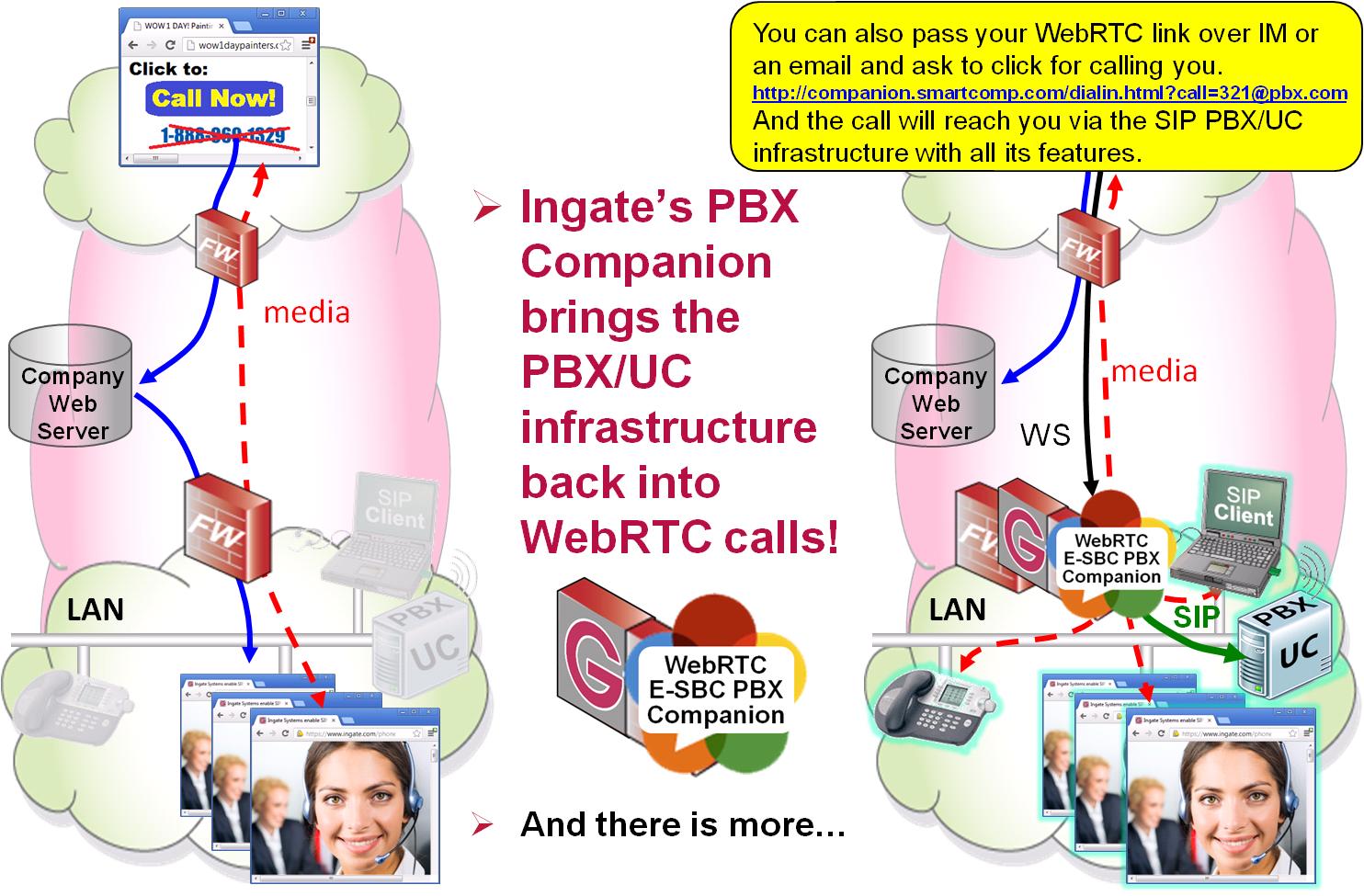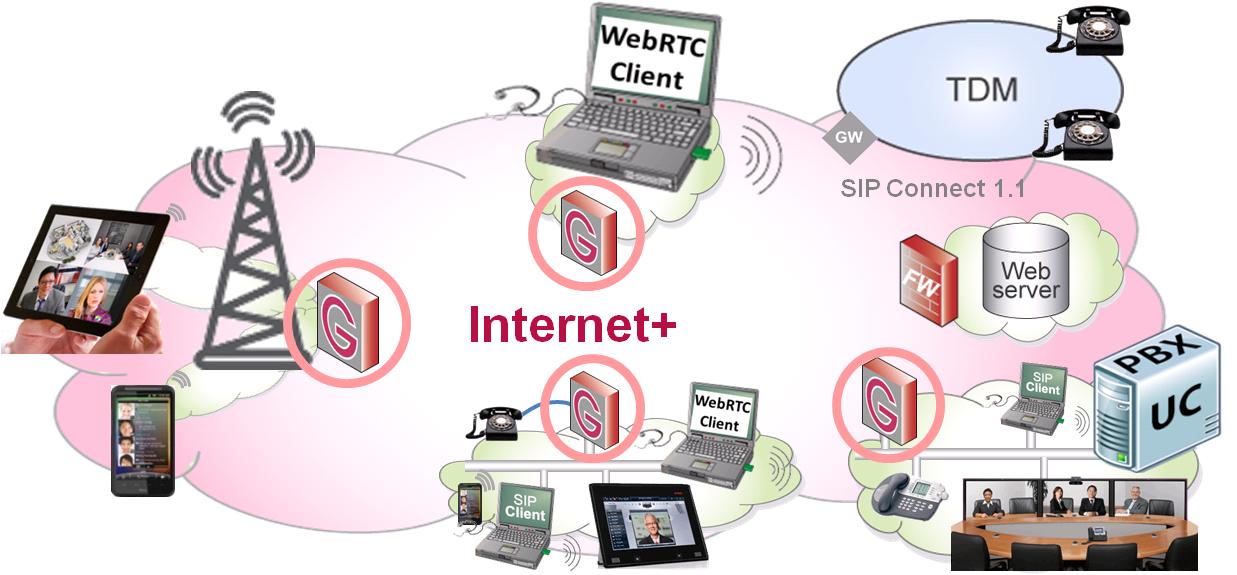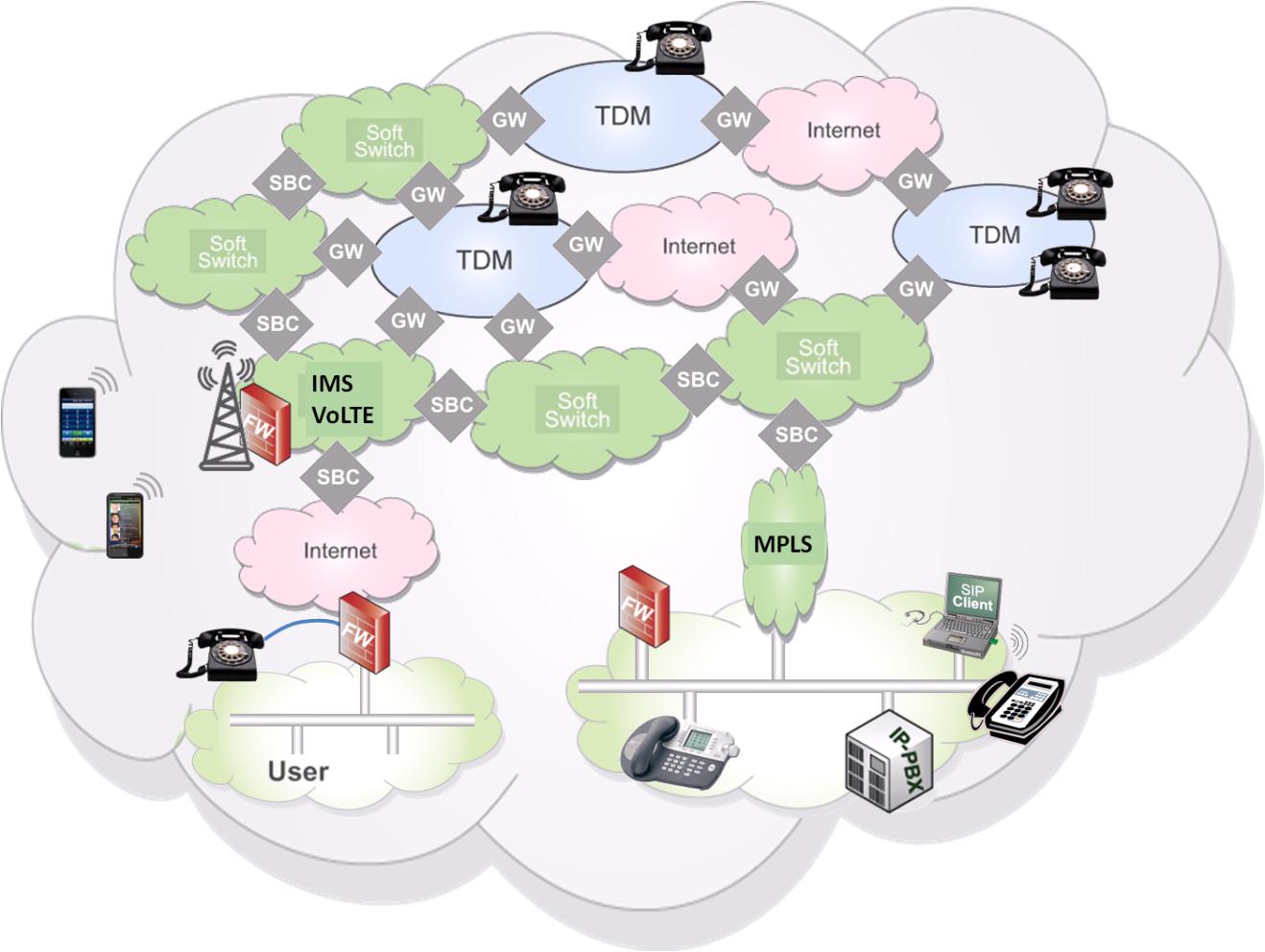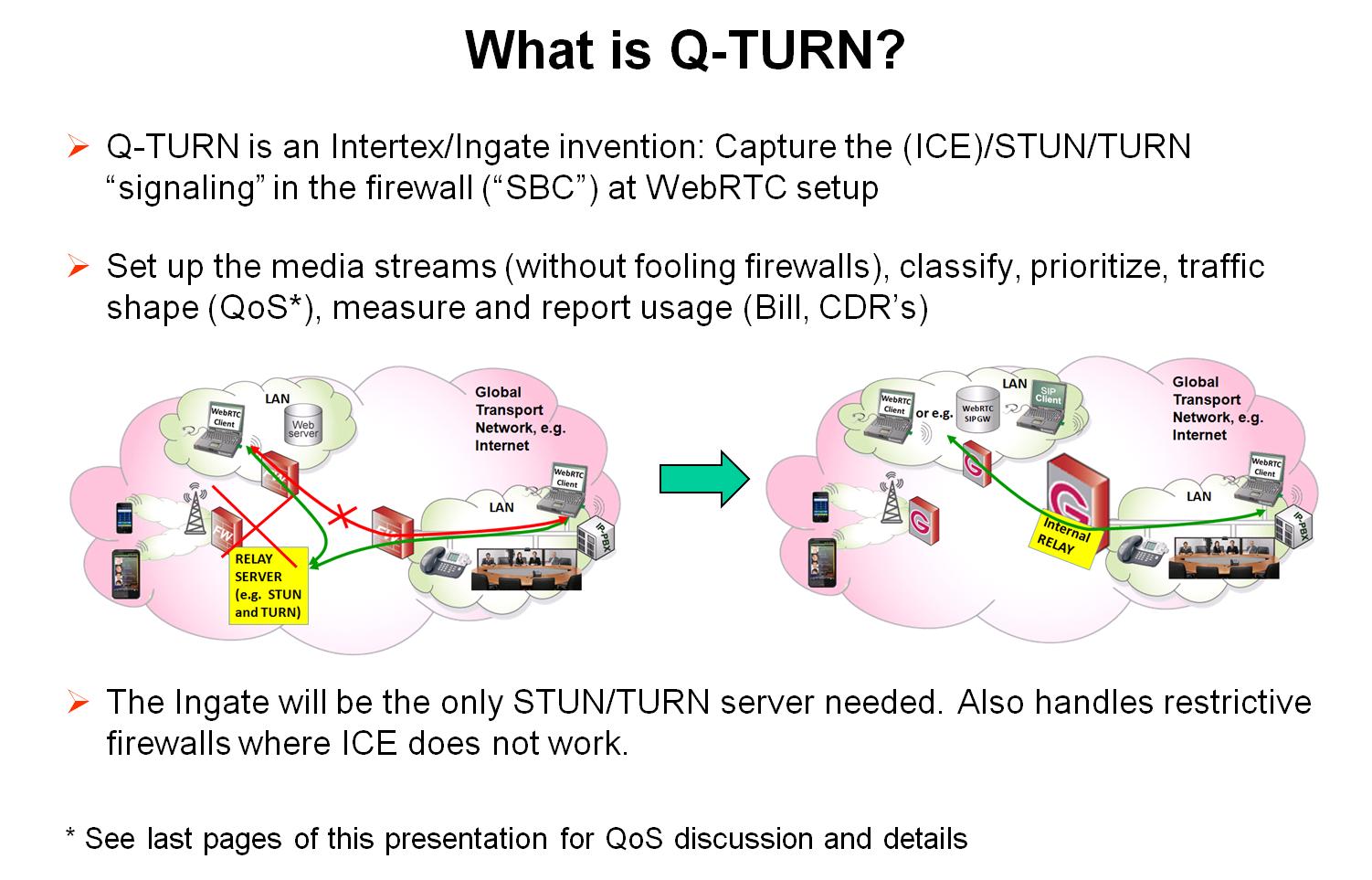In November 2012, WebRTC became available on Google Chrome’s stable version. Fast-forward seven months, and WebRTC adoption, development and innovation continues to grow: According to Bistri, more than 13 percent of video calls are already conducted over WebRTC and other browsers, such as Firefox, have also made WebRTC capabilities available on their browsers.
WebRTC enables users to communicate in real-time over an Internet browser. It’s an open-source project that enables browsers to communicate via Javascript APIs and without the requirement to download, or install any software or plugins. Standards are constantly changing as developers and companies collaborate to embrace and polish this technology.
TMC recently caught up with Karl Erik Stahl, CEO, Ingate Systems, to discuss company developments thanks to WebRTC capabilities, what those mean for its customers and how WebRTC is more than just a feature – it seriously changes the way we use the Internet to communicate.
Ingate Systems will be attending the WebRTC Conference and Expo held next week in Atlanta, Ga. as an exhibitor and a gold-level sponsor, and Stahl will present in a session, “ICE, STUN, Turn & Security,” which will go over dealing with NAT and firewall transversal, as well as the security ramifications of a WebRTC deployment. The session will help assure that WebRTC deployments get to the right people all the time, regardless of their locations and network.
1) What have you enabled thanks to WebRTC?
Ingate brings two distinct, very important, infrastructure things to WebRTC:
In the WebRTC & SIP E-SBC PBX Companion, we allow the PBX/UC enterprise “social network” to finally be global, with all the beyond POTS features that WebRTC brings. WebRTC in itself will bring these things to other “social networks”, but Ingate allows the PBX/UC vendors to bring it into the enterprise world.

(A good question to the IMS- and VoIP-island builders would be; Why have they not even started providing that? The basic Internet idea!)
Or viewing it from the WebRTC-side, WebRTC finally brings high-quality multimedia real-time communication to the telephony world. We have been stuck for 50 years in specific telephony networks (even IMS) that still only provide POTS voice globally. The fine PBX/UC or Lync machines have not given their LAN-based features global reach (which is fully possible using standardized end-to-end SIP also, which Ingate has shown with the Internet+ model).

Instead of using the capabilities of a global IP network – the Internet – the telco world got stuck in expensive and incompatible islands, not really knowing how to get out of the POTS (plain old telephone system) pre AM-radio quality peering structure.

WebRTC’s extreme end-to-end focus – No intermediaries are allowed in-between (unless we have a clear gateway) -- will force carriers to enable and offer end-to-end high quality real-time communication. WebRTC with Ingate’s Q-TURN enable the possibility to do just that! That is the Internet+ architecture and with Ingate’s equipment, you SIP-enable it at the same time, just as SIP was designed to do!

2) What signaling strategy are you using?
Well, I don’t have to mention SIP again – not meaning POTSoIP SIP, but standards-compliant end-to-end Internet+ SIP – do I?
As you know, signaling is not defined within WebRTC – It relies on the browsers that already are in contact, through a Web page or its link. That is what WebRTC provides with potentially telepresence quality in every browser everywhere.
SIP can bring those WebRTC islands together while keeping all features, using the browsers as SIP clients thanks to WebRTC.
We don’t have to move to non-standardized and limited protocols just because SIP has been used to implement POTSoIP for the last 10 years. The good thing with WebRTC is that it now enforces such usage with its end-to-end encryption and no proxy availability. SIP has to step in here and provide those capabilities, implemented and deployed correctly, when required, to give a world of global real-time communication. That is the very Internet idea itself finally realized!
3) Are you supporting other codec strategies as well?
Yes, we will do that, but it is really a waste of cost and resources if the endpoints don’t include the appropriate codecs from the beginning. If we finally get license-free open codecs (VP8 for up to HD video and Opus for HiFi sound), I expect all endpoints to quickly incorporate them so we don’t have to waste resources on converting between endpoints.
For interoperability, I think only good ol’ pre-AM radio telephony voice quality G.711 still will be the standard used.
3.5) But IMS RCS have standardized on H.264 and will have other voice codes!?
Yes, and I guess we have to take care of that conversion if there will be an IMS RCS user base. But if IMS RCS clients actually will be browser WebRTC-based, the right codecs will already be in place! I don’t really think anyone is suggesting that we convert VP8 to H.264 to VP8 again, just to keep an application specific network like IMS happy.
Actually, there is no real-time traffic over IMS yet! RCS is at the stage that IM and Presence are being deployed, still using circuit switched 3G POTS voice for real-time. I understand that RCS for voice is being tested, but there is only best-effort quality – because QoS over IP is not yet available in real IMS networks.
Just focusing on the OTT (Internet) corner of IMS instead, Q-TURN for WebRTC and SIP directly enables everything that full IMS promised, using the Internet+ model. That is the true Internet model that both WebRTC enforces and SIP can provide, when used end-to-end over a quality enabled Internet.
4) What do you want people to know about your solution?
WebRTC is creating totally new applications and is a real threat to the POTS- and VoIP-carrier island traffic. Ingate contributes in both of these areas.
For new applications, Ingate can give quality and accounting to those (to all WebRTC and SIP applications in general) as well as integrate them with the required ordered enterprise PBX/UC structure. For the carrier island traffic, Ingate offers carriers the opportunity to use the Q-TURN technology to provide the quality pipe at a much lower cost, yet better quality and with accounting, using the Internet (or OTT channel). There will be full QoS Q-TURN WebRTC and standards-compliant end-to-end SIP at the carrier delivery point.
6) How will your customers, specifically, benefit from WebRTC?
We have two customer categories that we provide WebRTC solutions for, so that their customers -- the actual users -- can get all the full benefits of WebRTC.
Our customers are the PBX/UC vendors and the carriers.
The benefit they can bring to the users is full global, everywhere available, telepresence-quality real-time communication to everyone, everywhere!
That is not bad, is it? But considering that it’s now 2013 and we have the most fantastic smartphones - how come that we have not seen Moore’s law’s applied to telephony for the last 50 years? Now WebRTC, and Ingate technology can hopefully help correct that.
Those interested in the OVCC’s goal of actually building a completely new IP network just to provide what IMS never got us, should also be interested.
7) Are you connecting with any other solutions?
Yes, indeed. That is what I described with bringing WebRTC into the enterprise PBX/UC-solutions. Without our WebRTC & SIP PBX Companion product it will take an awful lot of time and effort to get the PBX/UC networks into the WebRTC social network world. The PBX/UC solutions are “the enterprise social network” that needs to get the benefits from WebRTC.
8) What are you looking forward to accomplishing at WebRTC Expo?
At this stage we are showing and spreading the knowledge of the solutions and products that are coming and we are looking for the most forward-thinking and best partners to work with. Those are the partners that can be the first to use our solutions and bring the best of WebRTC to their users.
9) What is the one thing you want readers to know about WebRTC?
That WebRTC is not just a fancy browser feature, it will finally make us use the Internet also for serious –far beyond POTS – real-time communication. We are enabling the Internet+, telepresence quality real-time communication over the Internet! And carriers don’t have to be the big losers when the POTSoIP or VoIP island networks will lose their traffic. They can earn from providing quality traffic over the already available Internet – as opposed to only best-effort data now.
If the carriers offer everyone telepresence communication in their pockets, it is the airline companies that should fear WebRTC and will contribute the money, since we don’t have to spend it on flying to all our meetings anymore…
Edited by
Ashley Caputo